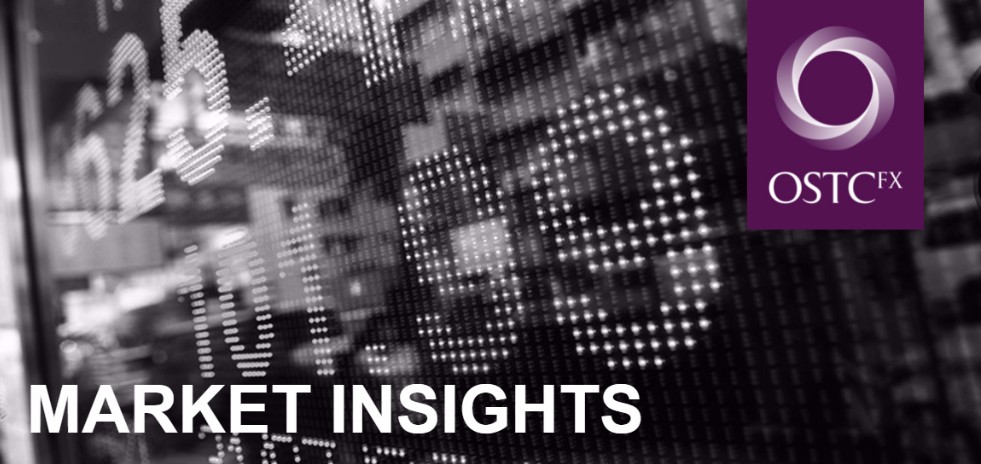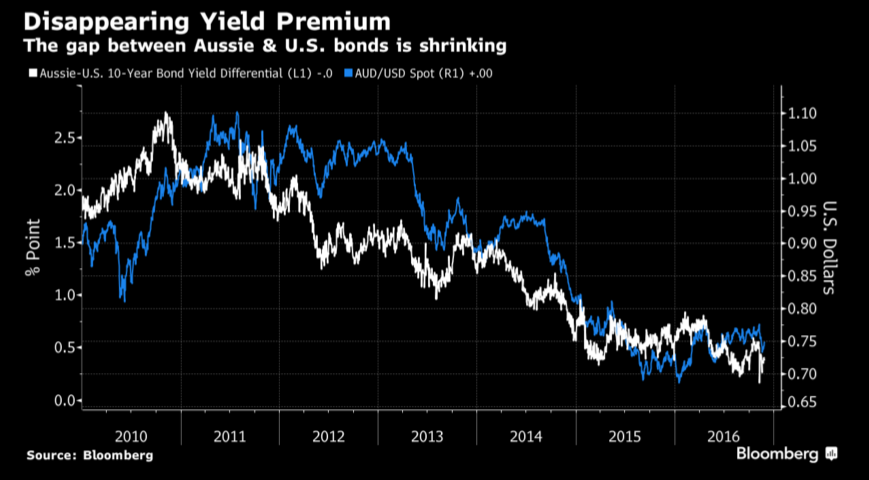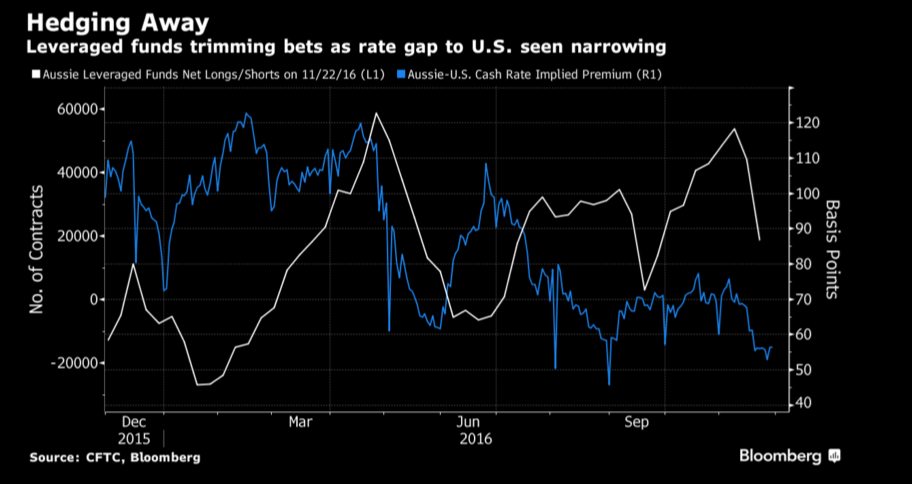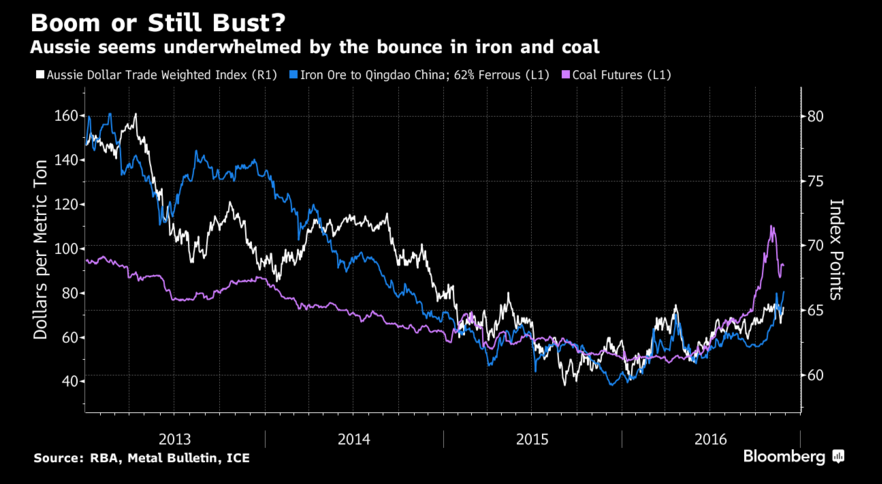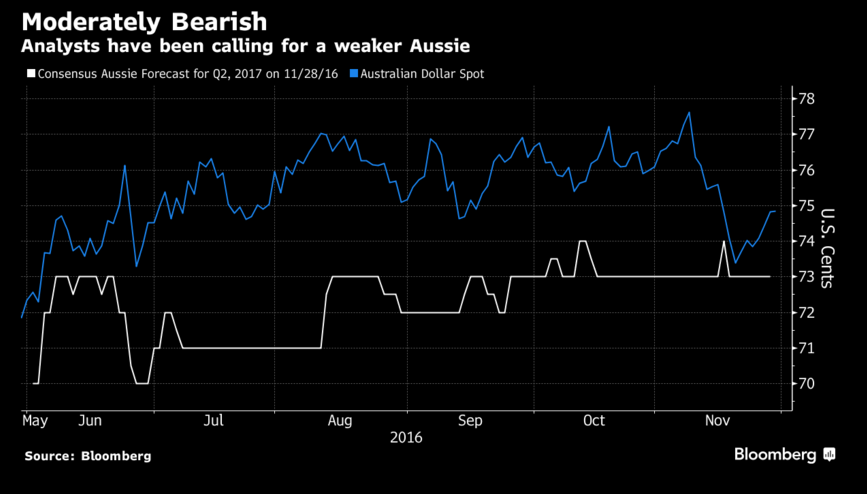Economic predictions of massive job losses to automation are missing indicators that show just the opposite

From Silicon Valley to Davos, pundits have been warning that millions of individuals will be thrown out of work by the rapid advance of automation and artificial intelligence. As economic forecasts go, this idea of a robot apocalypse is certainly chilling. It’s also baffling and misguided.
Baffling because it’s starkly at odds with the evidence, and misguided because it completely misses the problem: robots aren’t destroying enough jobs. Too many sectors, such as health care or personal services, are so resistant to automation that they are holding back the entire country’s standard of living.
“Robot” is shorthand for any device or algorithm that does what humans once did, from mechanical combines and thermostats to dishwashers and airfare search sites. In the long run these advancements are good. By enabling society to produce more with the same workers, automation is a major driver of rising standards of living.
The doomsayers say this time is different, that technological change is so profound and so fast that millions of workers will end up on the dole or consigned to menial, minimum-wage mobs.
The pessimism would be more plausible if the evidence weren’t moving in exactly the opposite direction. The U.S. has many problems, but job creation isn’t one of them. In April, nonfarm private employment rose for the 86th straight month, the longest such streak on record.

Monthly job creation has averaged 185,000 this year, more than double what the U.S. can sustain given its demographics. This has driven unemployment down to 4.4%, a 10-year low and below most estimates of “full employment.” Growing labor shortages have boosted the typical worker’s annual wage gain to more than 3% now from 2% in 2012, according to the Federal Reserve Bank of Atlanta.
If automation were rapidly displacing workers, the productivity of the remaining workers ought to be growing rapidly. Instead, growth in productivity—worker output per hour—has been dismal in almost every sector, including manufacturing.
In a compelling study released this week, the Information Technology and Innovation Foundation demonstrates that the supposed gale of technology-driven job destruction is a myth.
Rob Atkinson, president of the industry-supported think tank, and researcher John Wu examined government data back to 1850 to measure jobs lost in slow-growing occupations and jobs created in fast-growing occupations, their proxy for job creation and destruction driven by technology and other forces. By this measure, churn relative to total employment is the lowest on record.
How can this be? An era that includes the shock of trade with China and the financial crisis ought to have rapidly shuffled workers throughout the employment deck. But we’ve forgotten how convulsive the past was. The authors note how in the 1800s and 1900s, agriculture, at the time the largest employer, was radically transformed by the end of slavery, the opening of the West, mechanization, and consolidation of small family-owned farms. In the 1960s, the expansion of office work created 885,000 janitor jobs, rising health-care consumption created 700,000 nursing aides and the baby boom led to the hiring of 600,000 more high-school teachers.
Technology is still destroying jobs—just more slowly. In part that’s because American consumption is gravitating toward goods and services whose production isn’t easily automated. William Baumol, an economist who died last week at the age of 95, long ago observed that societies would devote a growing share of their income to consumption in sectors where productivity was stagnant. Think of a Mozart string quartet. Four musicians must still be paid to perform it, implying a two-century productivity growth rate of zero. As the share of output grew in stagnant sectors, overall productivity growth would slow.
Dietrich Vollrath, an economist specializing in growth at the University of Houston, estimates “Baumol’s cost disease” has stripped half a percentage point off U.S. productivity growth since the 1980s.
“Robots can replace a lot fewer things that go into GDP than we think,” he says. Medical breakthroughs have mostly gone toward new and more expensive treatments, not to making existing treatments less expensive. Children may sit in front of better screens than they did in the 1950s, but working parents won’t leave their children in the care of a robot, so child-care workers doubled to almost 2 million between 1990 and 2010, according to the ITIF study.
Since 2007, low productivity sectors such as education, health care, social assistance, leisure and hospitality have added nearly 7 million jobs. Meantime, information and finance, where value added per worker is five to 10 times higher, have cut or barely added jobs.
This calls for a change in priorities. Instead of worrying about robots destroying jobs, business leaders need to figure out how to use them more, especially in low-productivity sectors. Someday robots may replace truck drivers, but it’s much more urgent to make existing drivers, who are in short supply, more efficient. Clean energy advocates boast about how many people work in solar power when they should be trying to reduce the labor, and thus cost, involved.
The alternative is a tightening labor market that forces companies to pay ever higher wages that must be passed on as inflation, which usually ends with recession.
That is a more imminent threat than an army of androids.
Write to Greg Ip at greg.ip@wsj.com
Appeared in the May. 11, 2017, print edition as ‘Robots Aren’t Killing Our Jobs Fast Enough.’


